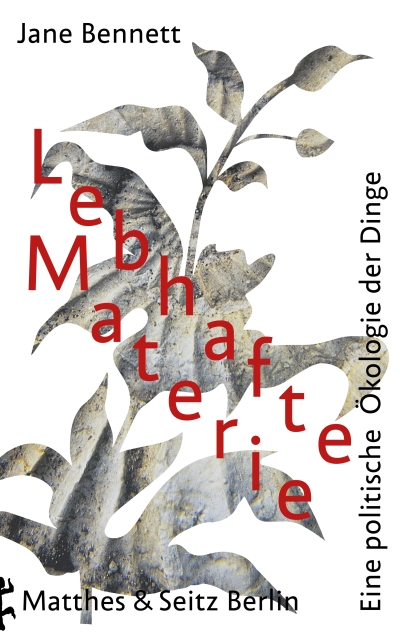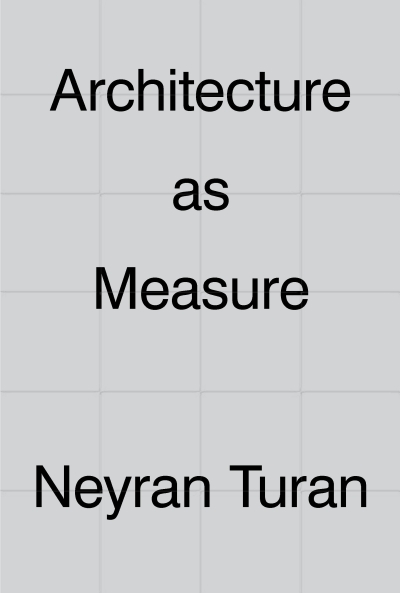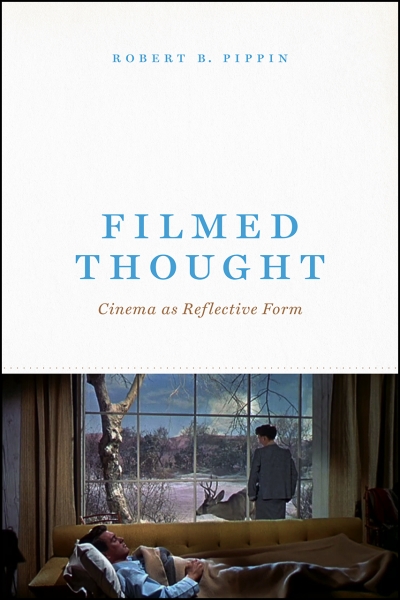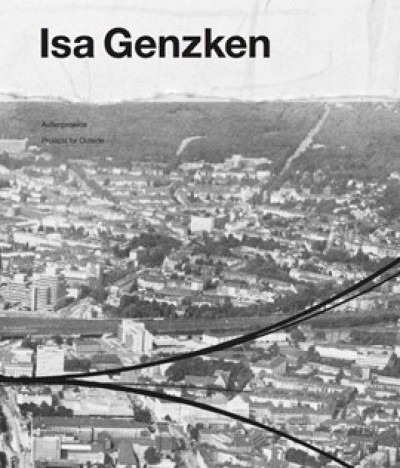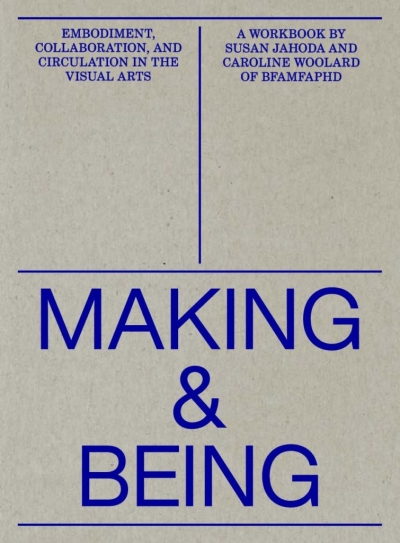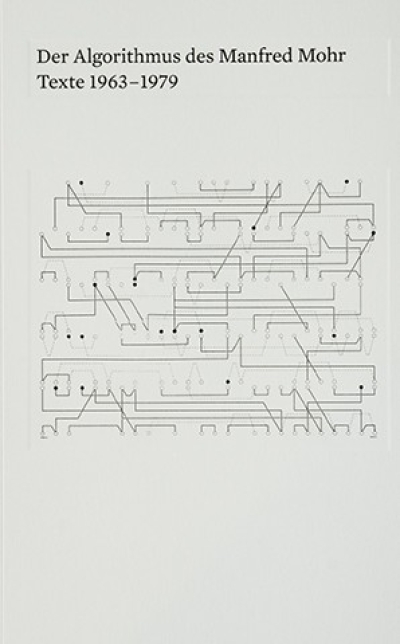
Der Algorithmus des Manfred Mohr
Manfred Mohr gilt als Pionier der Digitalkunst, er war einer der ersten Maler, die sich im 20. Jahrhundert dem Computer als Mittel künstlerischer Produktion zuwandten. Die entscheidende Wendung erfuhr sein Werk Ende der 1960er Jahre durch die Begegnung mit Pierre Barbaud, einem der Wegbereiter computergestützter Komposition in Frankreich: Mohr beginnt mit Computern zu experimentieren und bereits 1971 pr.sentiert das Mus.e d’Art Moderne de la Ville de Paris seine computergenerierten Zeichnungen in einer Einzelausstellung. Das Textbuch gibt mit einer Auswahl von Essays, Briefen und Interviews aus den Jahren 1963 –1979 Einblick in das Frühwerk Manfred Mohrs. Die Dokumente sind beispielhaft für die frühe künstlerische Auseinandersetzung mit Computertechnologie, für das Ringen um neue Begriffe und Modelle sowie die Positionierung im Feld der Kunst. Manfred Mohr (*1938), lebt in New York, das ZKM in Karlsruhe zeigte 2013 eine Retrospektive, Mohr erhielt 2013 den ACM SIGGRAPH Distinguished Artist Award for Lifetime Achievement in Digital Art.
Manfred Mohr is regarded as a pioneer of digital art — he was one of the first painters of the 20th century who turned towards the computer as a medium of artistic production. His work took its definitive turn at the end of the 1960s after Mohr’s encounter with Pierre Barbaud, one of the forerunners of computer-based composition in France. Mohr began to experiment with computers, and as early as 1971, the Mus.e d’Art Moderne de la Ville de Paris showed his computer-generated drawings in a solo show. The textbook offers insight into the early work of Manfred Mohr through a selection of essays, letters and interviews from the years 1963 –1979. The documents are exemplary for the early artistic debate surrounding computer technology, for the battles with new terms and models as well as the positioning of this new genre within the field of art. Manfred Mohr (*1938) lives in Los Angeles. The ZKM in Karlsruhe presented a retrospective in 2013, and likewise in 2013 Mohr received the ACM SIGGRAPH Distinguished Artist Award for Lifetime Achievement in Digital Art.











